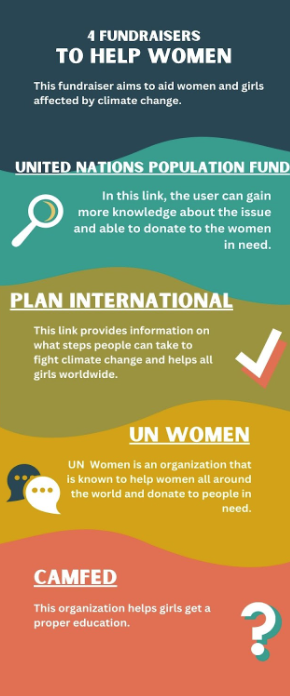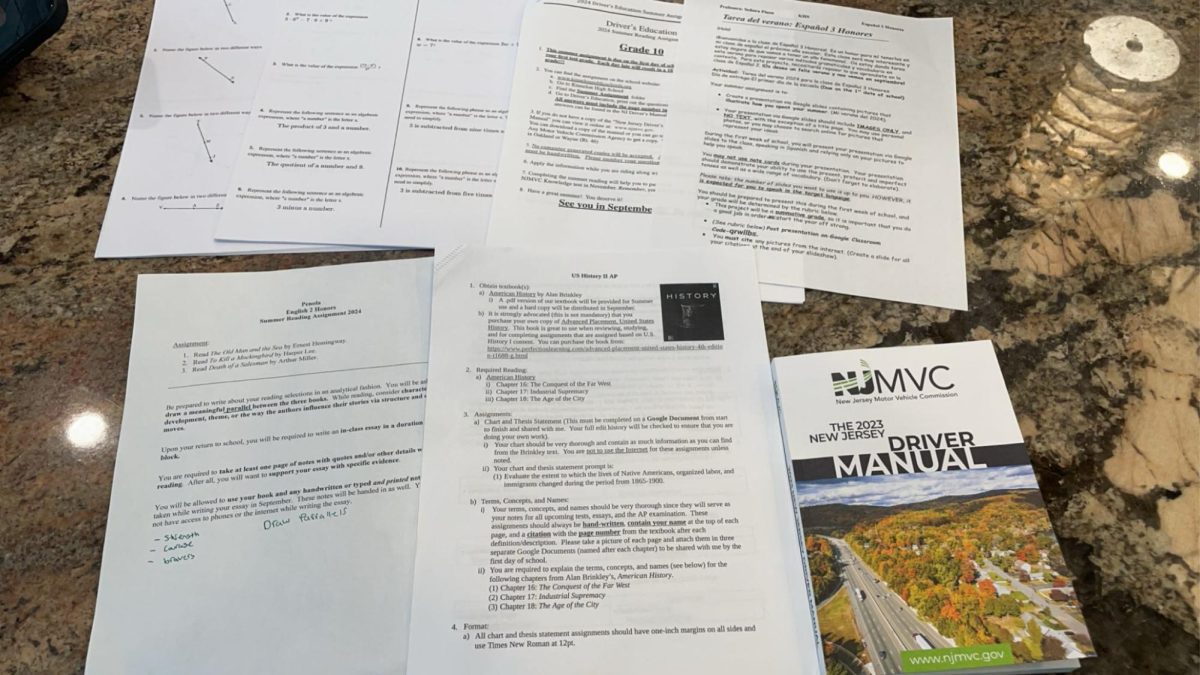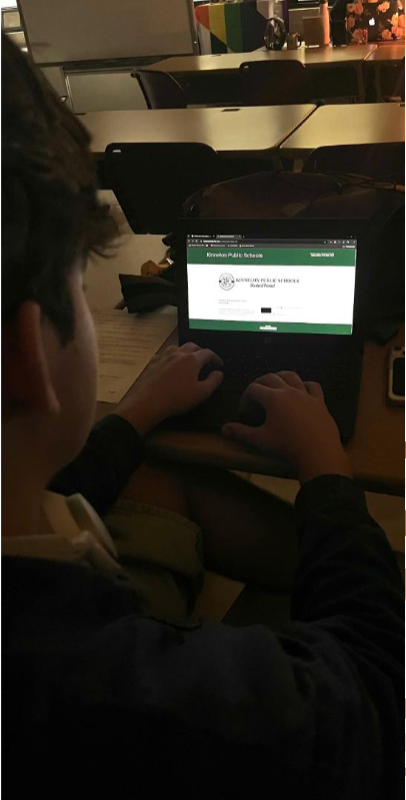Adviser’s Note: The views, thoughts, and opinions expressed in this opinion article belong solely to the author and do not reflect the view of The Colt Chronicle Staff, Kinnelon High School, or its students and staff members.
Earth’s climate crisis is rising faster than ever, and so are its consequences. One of the most significant impacts of climate change is gender inequality. Women around the world already have to deal with discrimination, but now, because of climate change, it may get worse.

Global warming may threaten women’s livelihoods in many developing countries. Girls in certain countries face inadequate education and safety, which will only worsen as climate change continues. Many scientists in the past were reluctant to share how the climate might directly affect gender inequality. However, now that there is more data, they are more confident that there are connections between the development of women’s power and climate change.
CNN.com released an article showing exactly how the climate crisis has increased gender inequality. Countries like Nigeria, Brazil, the Philippines, and Pakistan were most affected by global warming. In those countries, the citizens do not have proper care; therefore, people are left vulnerable when any climate disaster happens in any of these areas.
Women often must leave school or marry early to provide for their families. Even though school is critical since more women in school reduce the chances of climate change, many families in developing countries can’t afford to let their children go to school, specifically girls. Schools are far away in these areas; therefore, kids need to walk more to reach their schools. Due to typhoons and hurricanes, many kids’ daily routes to school are destroyed, preventing them from attending. In poorer countries, only a few schools allow girls to enter, and sometimes they are farther away, making it more difficult for them to get an education.
Moreover, according to the UN Women – Headquarters, women’s health is at risk due to climate change as it restricts their access to healthcare and services. Getting healthcare in developing countries is not easy, and the increase of global warming increases the chances of getting ill. It can be shown that extreme heat can cause many healthcare risks for pregnant women, like premature births, stillbirths, and low birth weights. The heat can also spread deadly diseases like malaria, dengue, and cholera. Fewer healthcare resources would make it extremely difficult for people to get proper care.
The climate crisis has also been shown to increase the rate of sexual exploitation and trafficking of women. Since many women have to leave their houses and places to gain more money for their families, the rate of sexual exploitation has been increasing, especially in the Philippines. Furthermore, there will be an increase in typhoons and hurricanes in the future because of global warming, which will also result in people losing their houses. Many families would be left homeless, and women’s chances of sexual assault would increase.
Even though the threat to women’s livelihood is increasing, there is still a chance for hope. Centre for Girls Education is an organization that wants to help girls stay in school by assisting them in fighting for their rights. Many organizations like these want to help women succeed in the future.








